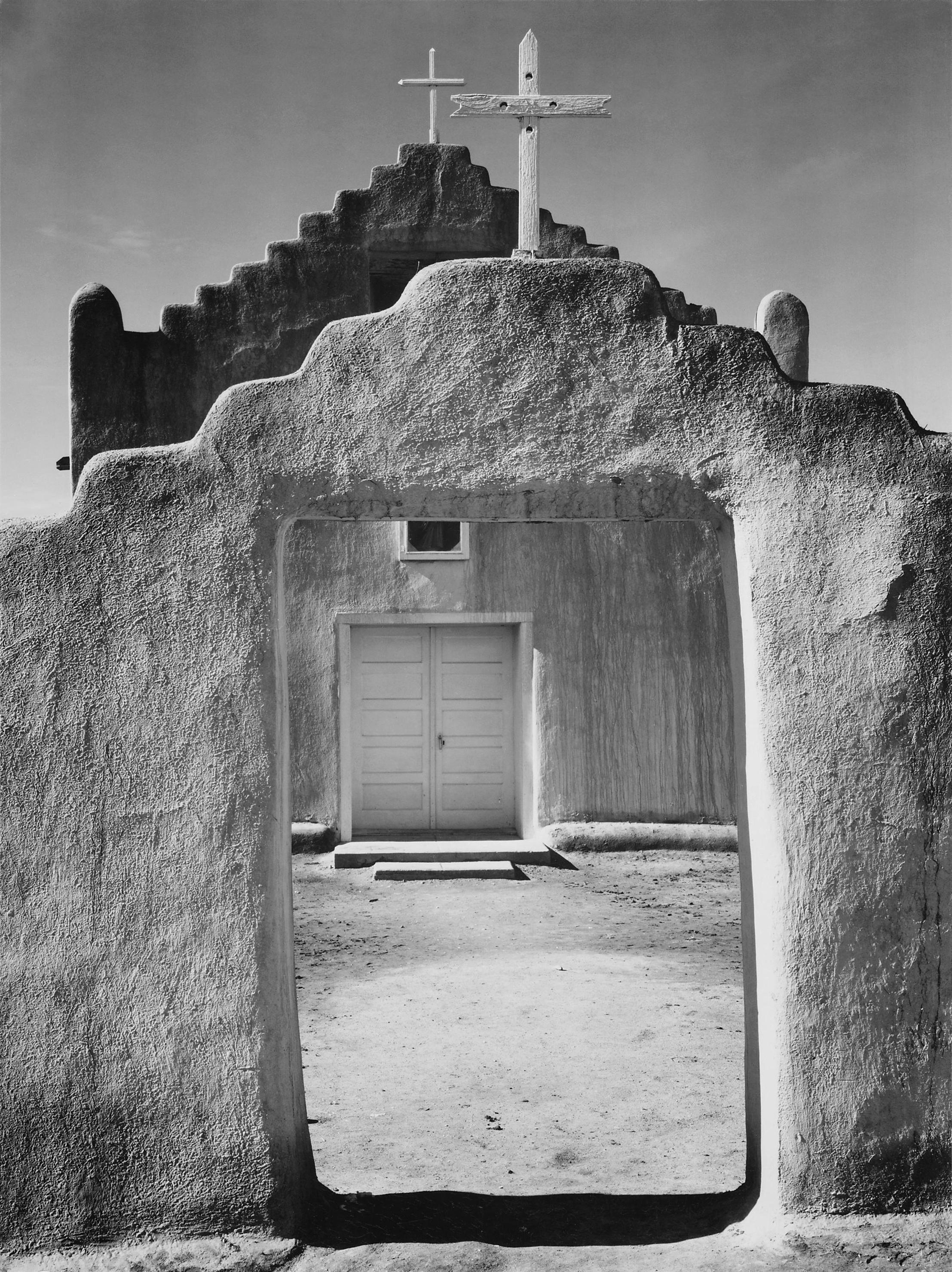Candids: Being Unobtrusive
You may want to make photographs of people going about their business—vendors in a market, a crowd at a sports event, the line at a theater. You don't want them to appear aware of the camera. Many times people will see you, then ignore you because they have to concentrate on what they are doing. You want the viewers of the image to feel that they are getting an unguarded, fly-on-the-wall glimpse into the scene.
There are several ways to be unobtrusive. The first thing, of course, is to determine what you want to photograph. Perhaps you see a stall in a market that is particularly colorful, a park bench in a beautiful setting—whatever has attracted you. Find a place to sit or stand that gives you a good view of the scene, take up residence there, and wait for the elements to come together in a way that will make your image.
If you're using a long lens and are some distance from your subject, it will probably be a while before the people in the scene notice you. You should be able to compose your image and get your shot before this happens. When they do notice you, smile and wave. There's a difference between being unobtrusive and unfriendly. Another way to be unobtrusive is to be there long enough so that people stop paying attention to you. If you are sitting at a café order some coffee and wait. As other patrons become engrossed in conversations or the paper, calmly lift the camera to your eye and make your exposure. In most cases, people either won't notice or won't mind. But be judicious. Don't keep firing away and become a nuisance. They will mind. You can also set the camera on the table with a wide-angle lens pointed at your subject and simply press the remote release when the time is right. Modern auto focus and auto exposure cameras make this easy to do as well.
(Robert Caputo) http://www.nationalgeographic.com/photography/photo-tips/portrait-photography-tips/
Alter Your Perspective
Most portraits are taken with the camera at (or around) the eye level of the subject. While this is good common sense – completely changing the angle that you shoot from can give your portrait a real WOW factor. Get up high and shoot down on your subject or get as close to the ground as you can and shoot up. Either way you’ll be seeing your subject from an angle that is bound to create interest.
(Darren Rowse) http://digital-photography-school.com/10-ways-to-take-stunning-portraits/
Environmental Pictures From Google
Photography Self Portrait From Google
Casual Portraits From Google
Plans For the Upcoming Portrait Assignment
I have recently discovered "The Pit" on the outside of the theater hallway is quite versatile when it comes to taking pictures. There are many different angles and places that make it look like a different place in every picture. Because of these reasons it is my plan to take photos there. It is also my plan to photograph my favorite models. I will be photographing Maddy, Nicole, William, and Ben. I chose these people because I love the style and the emotions that they are able to give the camera. They are extremely diverse when compared to each other and I cannot wait to work with them. I would like to use the rules in portraits that I am most comfortable with, like simplicity, rule of thirds, symmetry, viewpoint, depth, and maybe framing. Keep in mind that I will choose a select few of what was the most successful. Not all of the rules that I listed will be represented in the final product.



















